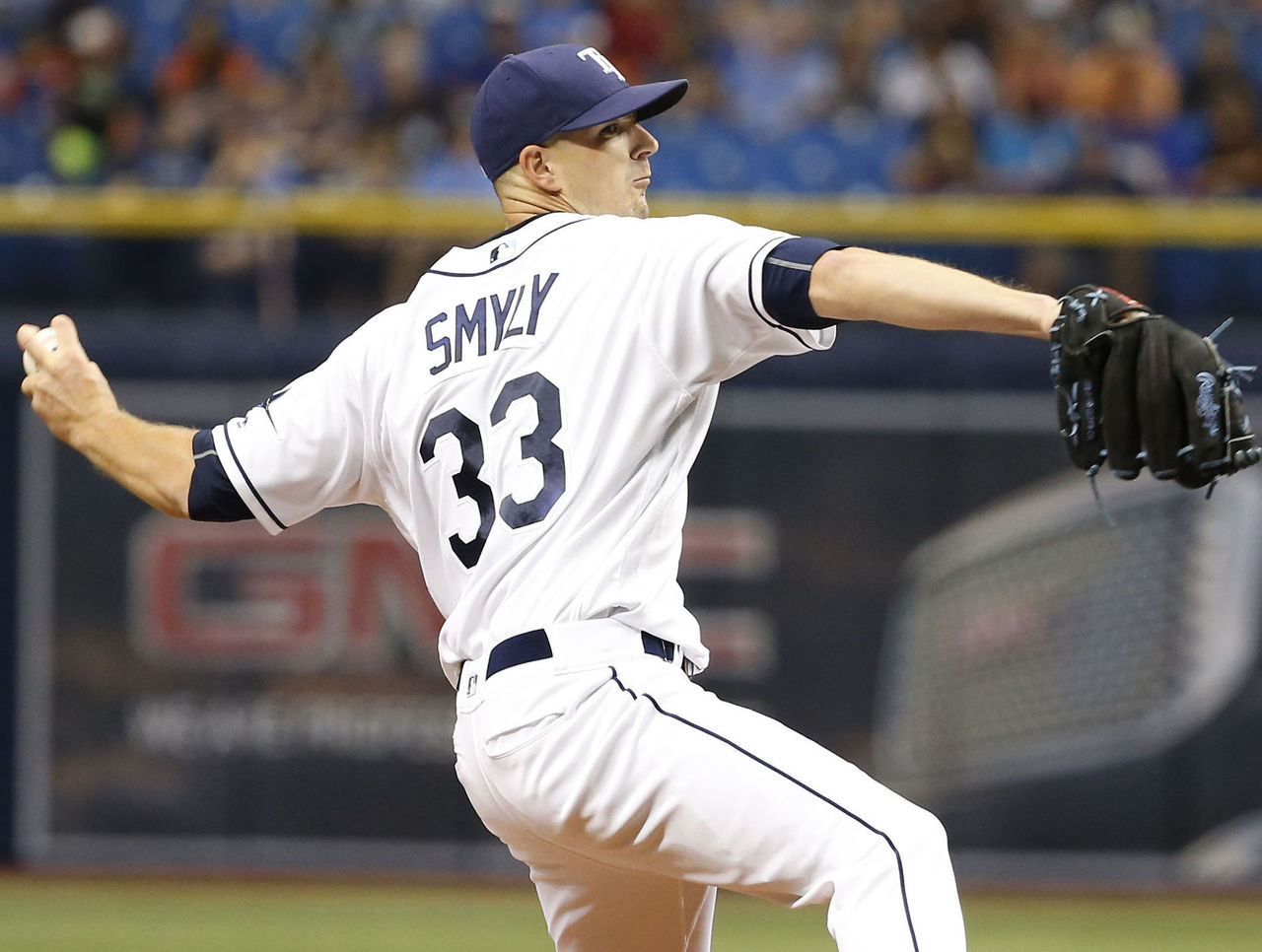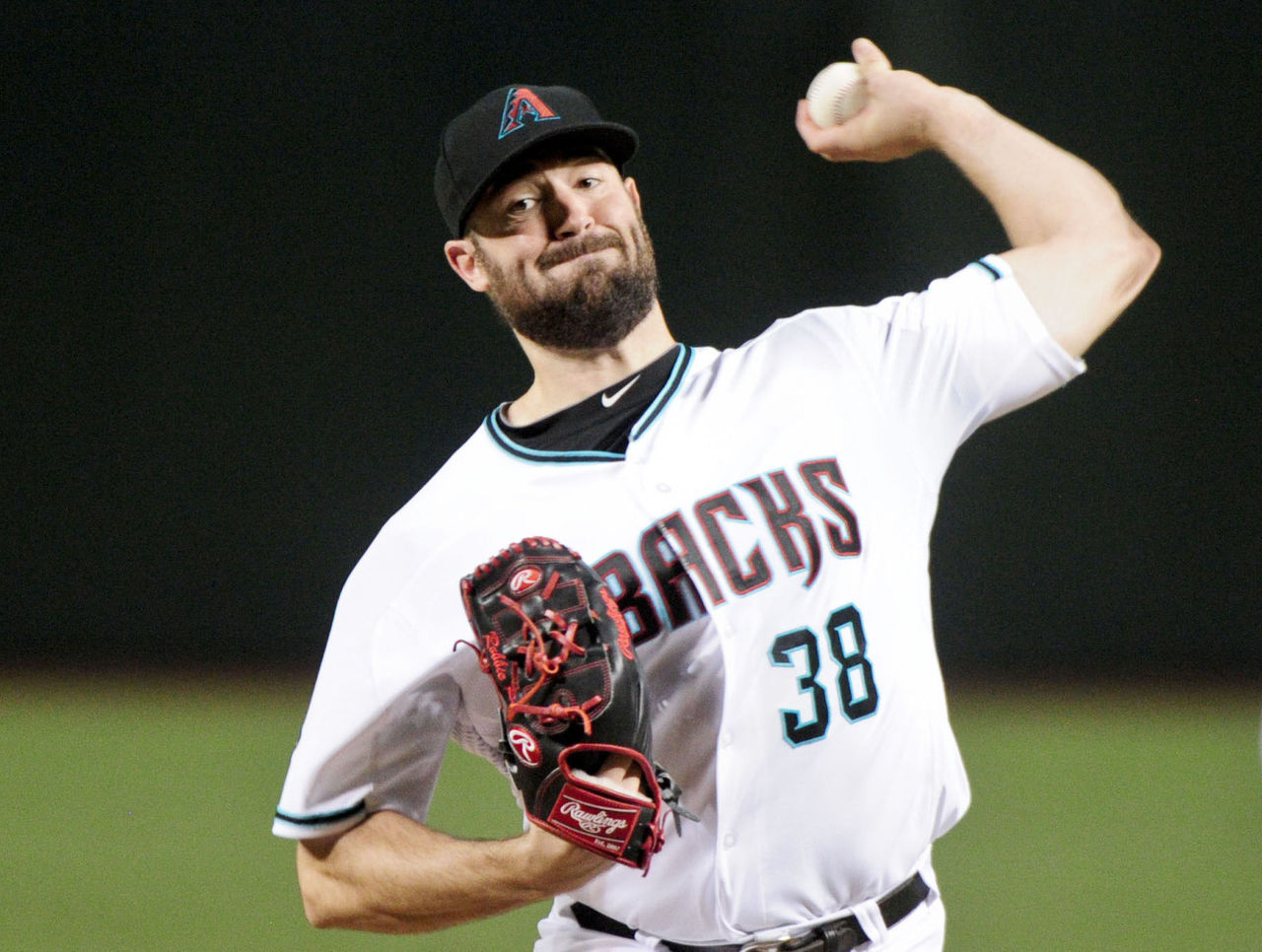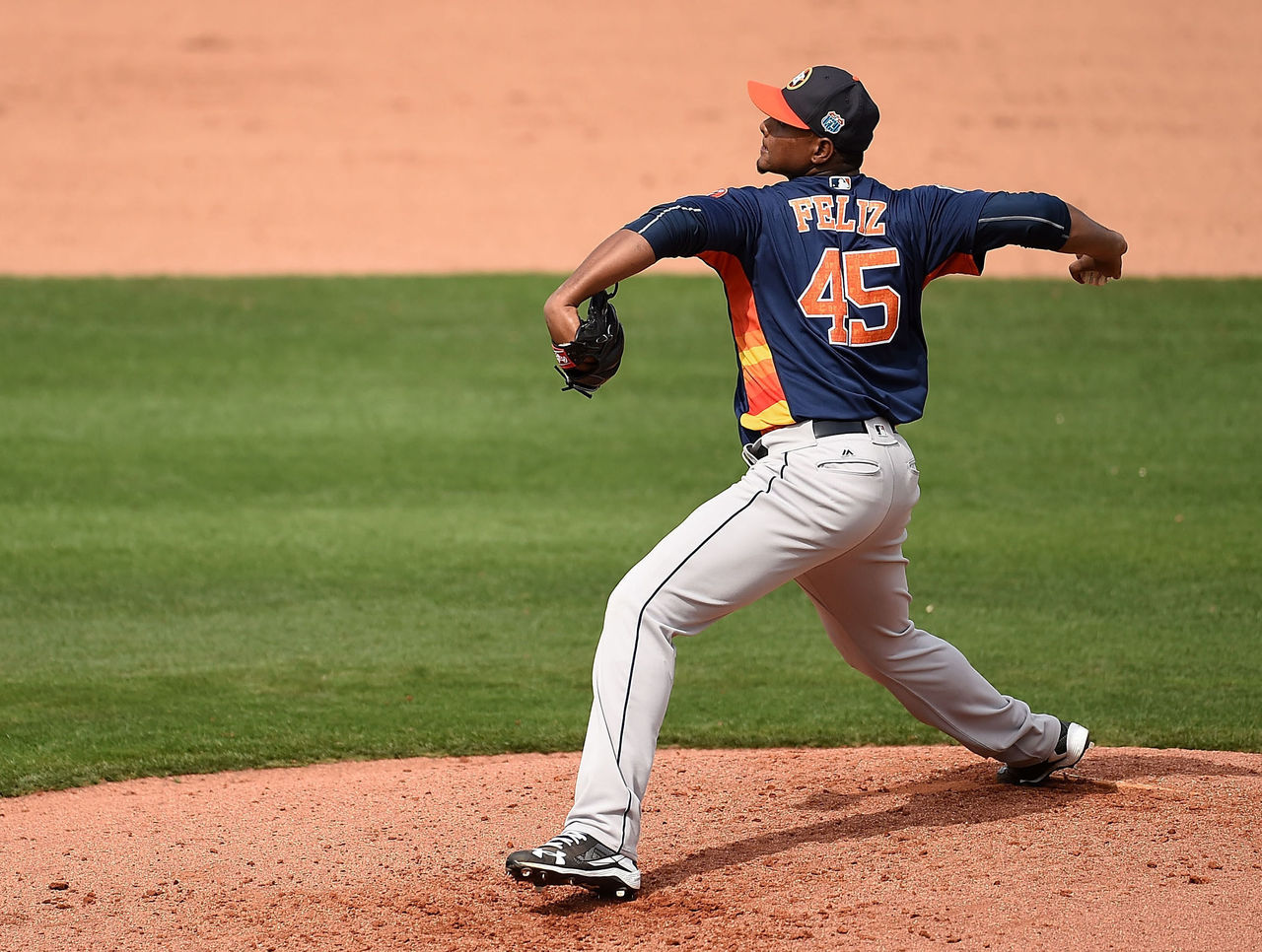Managing innings and transaction restrictions in fantasy baseball
Follow theScore's fantasy feed on Twitter (@theScoreFantasy) for the latest news, features and more.
Innings and transaction limits are usually put in place to ensure no one abuses the waiver wire to achieve an unfair advantage through sheer volume of play. It's debatable as to whether these restrictions should exist, but they do - and often you won't have a say.

Starting pitcher matchups
The most obvious way to go is to exploit easy matchups and avoid high-risk affairs. Owning the likes of Clayton Kershaw makes these decisions easier as you can never justify sitting him. If you do, you're overthinking it. But that's not the case for the majority of mid-range pitchers - especially for fringe SPs.
One of the worst mistakes you can make is to roll out all your SPs in April and May just to feel them out. While one might say that everyone has the same maximum, you want to make sure you reach your max with a higher rate of quality than your opponents.
If you have a home run-prone SP like Drew Smyly (1.64 HR/9 in 2016) and he's starting on the road in an extreme hitter's park like Texas' Ballpark in Arlington or Colorado's Coors Field, sit him. If he's at his new home in Seattle, you're usually going to start him. Be wary, however, if he's facing a team that typically mashes lefty starters.
Let your elite pitchers go wild. You drafted them high for a reason. You need to benefit from every inning they pitch. The rest are role players. Besides, it's a lot easier to ramp up innings later in the season than to shave them off. Down the stretch, if you're running low on innings, you're missing out on some dandy performances.

Mostly say goodbye to streaming
In limitless leagues, players can forego the elite pitchers and elect to go hitter-heavy while resorting to streaming the entire season, relying on matchups and high upside. When you have an innings limit, or a transaction limit, this strategy is severely hindered.
The ideal balance is in a weekly transaction limit, though you're not often in charge of this distinction. In leagues with a weekly limit, use them. Limit your selections to players in solid matchups. This is best reserved for starting pitchers as they're more inclined to big individual performances in more predictable circumstances.
In leagues with a maximum transactions limit for the whole season, you need to maximize results and minimize risk. High K/9 pitchers are integral, because even if they struggle they will provide some value. If a ground ball pitcher gets BABIPd to death, you're coming out with nothing. At least a high strikeout pitcher will be less likely to burn your team to the ground with a bad outing.
Transaction types
In many leagues, weekly or season-long transaction limits only apply to waivers or free agent add/drops. With this in place, work on your approach to trades. So often, trades are built around superstars and blockbusters and they're difficult to pull off. Other owners are always resistant out of fear of making the wrong choice.
With competitors on an even playing field in regard to transaction limits, try for smaller deals throughout the season to curb the need for constant waiver claims. Beyond that, be discerning. Look at the upcoming week on Sunday to see which matchups are easiest to exploit and form a plan. Grab two-start pitchers to essentially take care of two transactions at once.
Don't burn through all of your transactions early. If you suffer an injury on Thursday and you've used all your weekly transactions, you won't be able to get a replacement until the following week. Conversely, if you haven't used all your moves by Sunday, use them to get a jump on the following week, either for Monday streaming options or mid-week matchups.

Maximizing reliever usage
If you're worried about too many starters chewing away at an innings limit, tag a few elite starting pitchers and fill in the blanks with relievers. At first blush, the risk of losing out on pitcher wins will be enough to scare people away, but it's possibly unfounded. The best middle relievers will often be ignored because they aren't in line to get saves, but many feature above-average K/9 rates.
By targeting relievers with high strikeout potential, you can boost your strikeout totals in leagues with inning limits. By focusing on relievers, it makes streaming a viable option because a large portion of the roster is pitching a smaller volume of innings per appearance. This can also work in leagues with weekly transaction limits, but it's a big commitment.